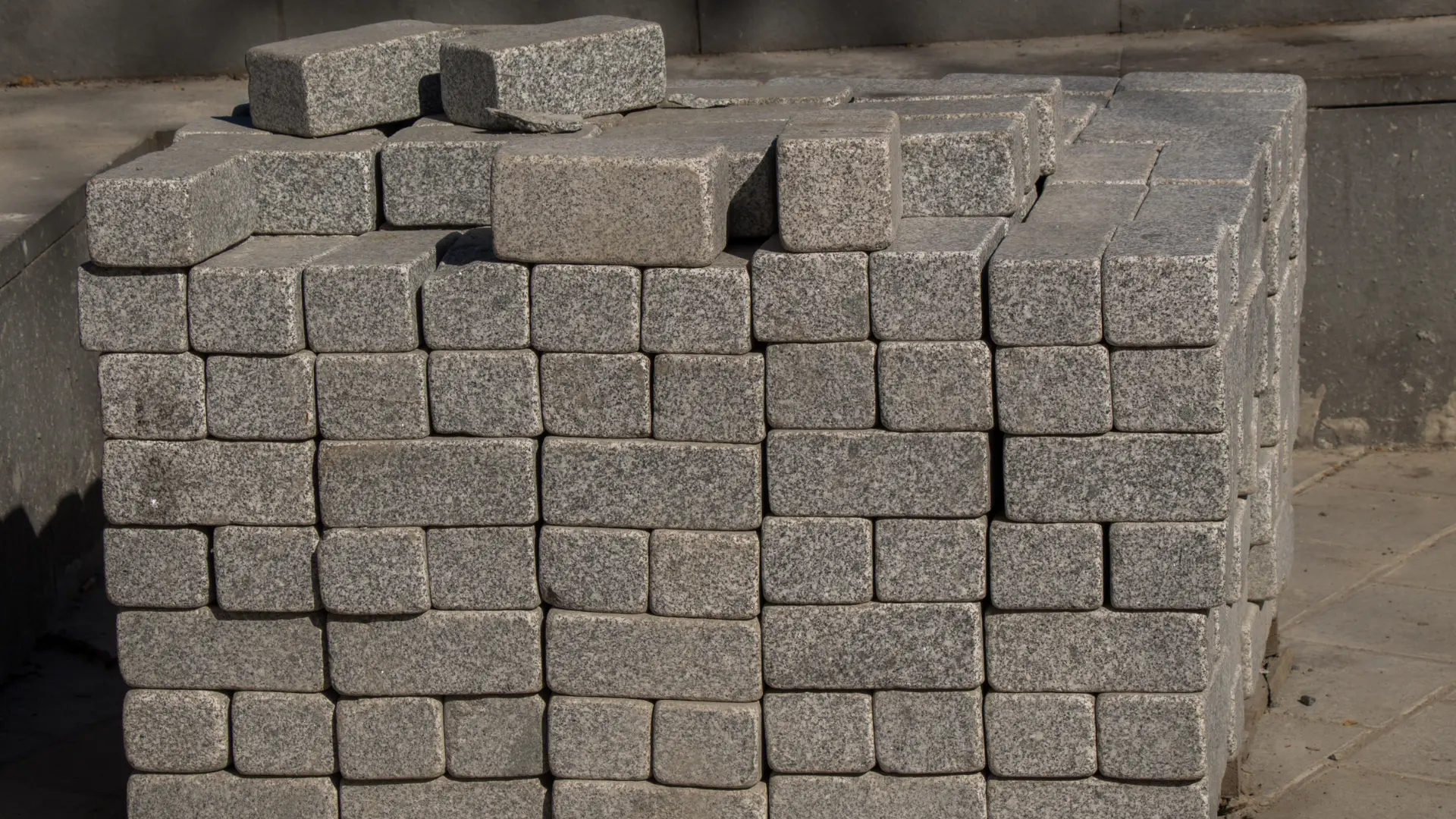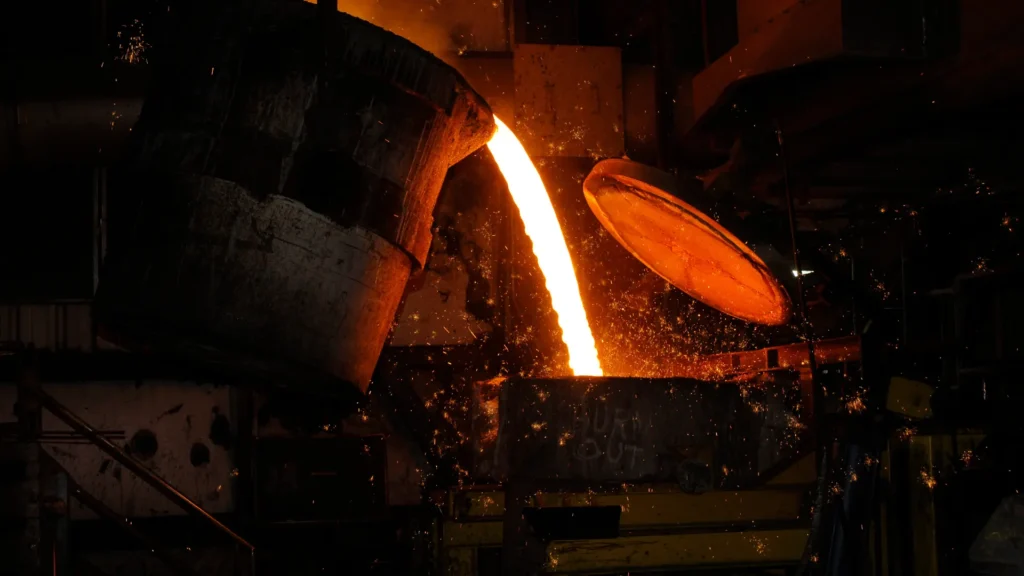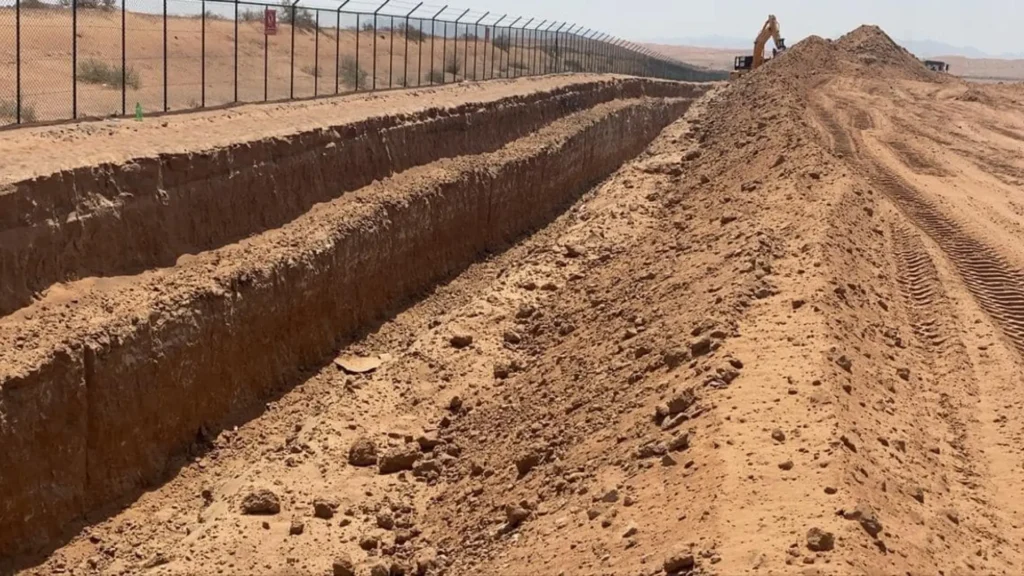
Sourcing Low-Carbon Building Materials in the Middle East
Tower cranes pepper the horizon from Jeddah to Muscat. Skylines race upward while governments pledge bold carbon targets. Architects chase sleek lines, yet carbon calculators whisper another metric: kilograms per square meter. Materials hold the key. Steel, concrete, glass—each choice carries a carbon tag. Teams crave greener options without sacrificing durability under searing heat and swirling sand. The search grows urgent, but solutions exist right under the sun-bleached surface.
Why Carbon Counts in Desert Construction
Climate, water scarcity, and energy demand already stretch regional resources. Lower-carbon materials ease grid pressure and support net-zero road maps. Investors track embodied emissions as closely as returns. Regulators tighten building codes. Tenants favor spaces with lighter footprints because energy savings translate into lower service charges. Carbon turns from hidden cost to headline metric, shifting procurement conversations across boardrooms.

Concrete but Cleaner—Next-Gen Mixes Take Center Stage
Standard Portland cement releases large volumes of CO₂ during clinker production. Supplementary cementitious materials slash that figure. Ground granulated blast furnace slag and fly ash lead the pack, yet regional supply limits spark innovation. Enter calcined clay. Local firms heat kaolin at lower temperatures, then blend the powder into cement—sorry, combine the powder into cement—to cut emissions nearly in half. Limestone fillers add further gains, resulting in slabs that meet strength targets while shrinking carbon footprints.
Ready-mix producers in Dubai and Doha now offer “green batches” with environmental product declarations. Contractors gain transparency, engineers validate compressive strengths, and project managers update life-cycle assessments. The shift ripples outward, encouraging suppliers across the Gulf to modify mix designs.
Steel from Scrap—A Circular Leap in Gulf Foundries
Structural steel frames soar through high-rise cores. Traditional blast furnaces rely on iron ore, coking coal, and massive energy loads. Electric arc furnaces turn scrap into new beams using renewable power from solar farms outside Riyadh or wind arrays on the Red Sea coast. Recycled content can reach ninety percent, cutting embodied carbon dramatically.
Regional foundries invest in arc furnace upgrades, lured by green procurement clauses. Developers gain steel with the same load-bearing muscle, yet with a lighter environmental impact. Certification bodies verify recycled content, adding credibility. Financial analysts reward projects that meet circular targets, reinforcing momentum.

Home-Grown Insulation—Date Palm Fibers Step Up
Palm fronds once piled up as agricultural waste. Researchers now press those fibers into rigid panels treated for fire resistance. Thermal conductivity rivals imported mineral wool, while moisture response suits desert climates. Builders source panels locally, trimming transport emissions and fostering rural value chains.
Acoustic comfort improves, too. Tenants notice quieter interiors—a small perk that sells units faster. Municipal authorities cheer reduced landfill volumes. A few skeptics worry about durability, yet pilot projects in Al Ain show strong performance after five summers.
Local Sourcing and Short Transport Routes
Transport accounts for a sizable slice of embodied carbon. Importing marble from Italy or timber from Canada adds invisible emissions before the first tile sets. Sourcing regionally slices that slice. Oman’s limestone quarries feed cladding factories seventy kilometers from Muscat. Saudi gypsum mines supply drywall plants near Jeddah ports. Even recycled glass cullet travels shorter distances when collection networks tighten.
Procurement teams map supplier hubs on GIS dashboards. They overlay carbon data, fuel costs, and lead times—contracts reward vendors within a defined kilometer radius. The result reads like common sense: lower freight bills, steadier schedules, and smaller carbon figures.

Certification Paths and Regional Standards
Green building certificates carry weight in investor presentations. LEED, BREEAM, and Abu Dhabi’s Estidama Pearl all include material credits. Securing those credits demands documented recycled content, low-emission finishes, and region-specific life-cycle analysis. AES Development teams track credits from the design charrette through handover. Digital platforms log every product submittal, keeping auditors happy and timelines intact.
Government bodies raise the bar, too. Dubai’s Al Sa’fat scheme sets mandatory emission caps for concrete and steel on municipal projects. Early movers gain an edge as private clients adopt similar requirements.
Supplier Assessment Tips for Project Managers
1. Ask for Environmental Product Declarations (EPDs). EPDs quantify cradle-to-gate emissions, aiding apple-to-apple comparisons.
2. Scrutinize energy sources—electric arc steel powered by solar trumps identical steel from gas-fired grids.
3. Inspect logistics chains. A nearby plant using diesel trucks may still beat a far-off supplier shipping by sea.
4. Demand third-party audits. External verification adds trust and defuses greenwashing claims.
5. Plan early. Low-carbon cement or recycled aggregate sometimes requires booking to secure supply.
Innovative Materials on the Horizon
Researchers at King Abdullah University test geopolymer concrete free from clinker. Abu Dhabi startups spin desert sand and polymer resins into fiber-reinforced panels for façade shading devices. Bio-based bricks from mycelium spark curiosity; architects experiment on pavilion projects before scaling up. Even traditional adobe receives a science-backed makeover, mixing clay, straw, and nano-silica for higher strength.
Some ideas may stall, others will soar. Either way, curiosity drives progress. Clients stay alert, spotting pilot projects worth scaling once performance data matures.
A Smarter Approach to Green Procurement
Choosing low-carbon materials demands fresh thinking, yet rewards exceed effort. Lower operating costs, brand value, and regulatory compliance converge. AES Development positions itself as a guide and partner in this transition. The company collaborates with universities, trains suppliers, and embeds life-cycle tools into everyday workflows.
The road ahead looks bright. Skyscrapers will still grace Gulf skylines, stadiums will echo with cheers, and villas will still offer respite from desert heat. The difference lies behind the walls and under the slabs, where more innovative materials quietly cut carbon tonnage without fanfare.
Selecting those materials requires diligence, creativity, and regional pride. After all, sand, sun, and scrap already sit on the doorstep—ready to serve as ingredients for the next generation of Middle-East construction.


